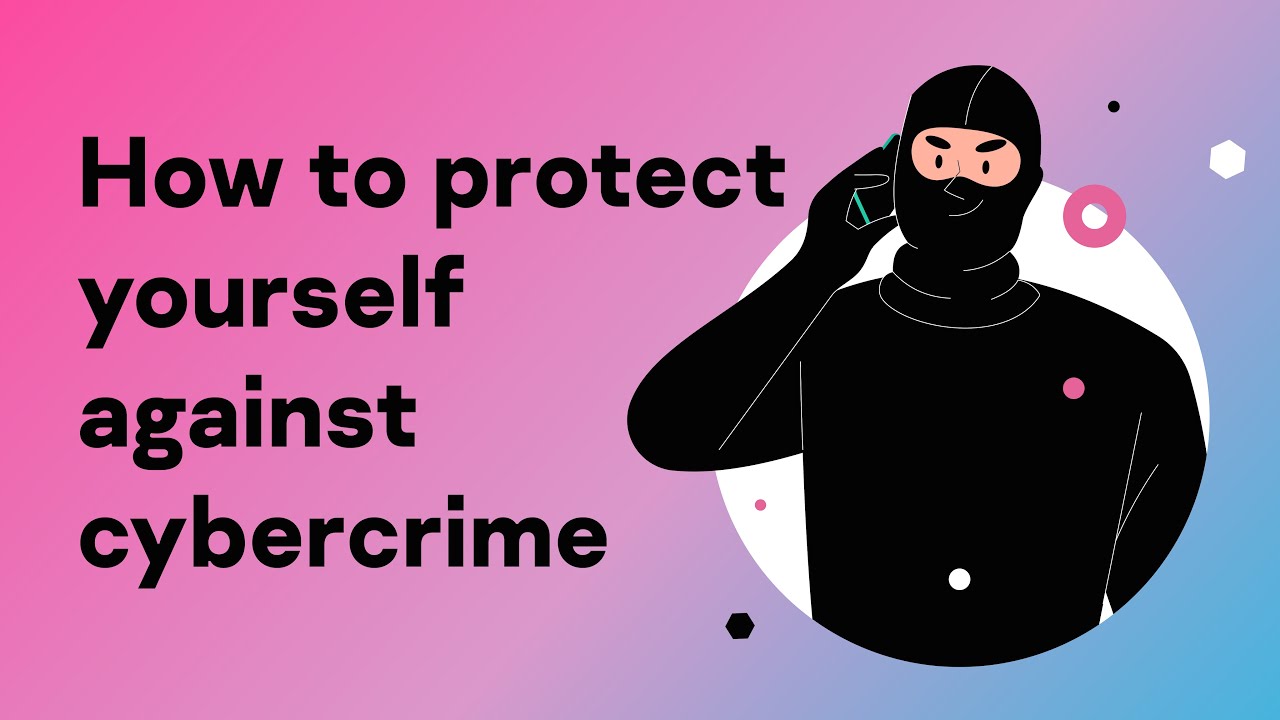Don’t Be a Sitting Duck: Essential Tips to Stop Hackers in Their Tracks
By: Javid Amin
In an era where our lives are increasingly intertwined with the digital world, protecting ourselves against cybercrime has become more important than ever. From identity theft to phishing scams, the threats are varied and ever-evolving. However, with a few simple hacks, you can significantly reduce your risk of falling victim to cybercriminals. Here are 10 easy-to-implement tips to safeguard your digital life:
1. Keep Your Software Updated: Regularly update your operating system, antivirus software, web browsers, and other applications. Updates often include patches for security vulnerabilities, so staying up-to-date is crucial for keeping your devices secure.
2. Use Strong, Unique Passwords: Avoid using easily guessable passwords like “123456” or “password.” Instead, create strong, complex passwords that combine letters, numbers, and special characters. Additionally, use a unique password for each online account to prevent a single breach from compromising multiple accounts.
3. Enable Two-Factor Authentication (2FA): Add an extra layer of security to your online accounts by enabling two-factor authentication. This typically involves receiving a one-time code via SMS or a dedicated authentication app after entering your password, making it much harder for cybercriminals to access your accounts.
4. Be Wary of Phishing Attempts: Exercise caution when clicking on links or downloading attachments in emails, especially if they’re unsolicited or from unknown senders. Phishing emails often masquerade as legitimate messages from trusted organizations to trick you into revealing sensitive information or installing malware.
5. Secure Your Wi-Fi Network: Change the default password on your router and use WPA2 or WPA3 encryption to protect your Wi-Fi network from unauthorized access. Additionally, consider hiding your network’s SSID to make it less visible to potential hackers.
6. Practice Safe Browsing Habits: Be cautious when visiting websites and only use secure, HTTPS-enabled connections, especially when entering sensitive information like passwords or payment details. Avoid clicking on suspicious links or pop-up ads, as they may lead to malicious websites.
7. Back Up Your Data Regularly: Protect your important files and documents by regularly backing them up to an external hard drive, cloud storage service, or both. In the event of a ransomware attack or data breach, having a recent backup can help you quickly restore your files and minimize potential damage.
8. Use a Virtual Private Network (VPN): When accessing the internet on public Wi-Fi networks, such as those in cafes or airports, use a VPN to encrypt your internet connection and protect your data from prying eyes. This prevents hackers from intercepting your traffic and stealing sensitive information.
9. Be Mindful of Social Media Privacy Settings: Review and adjust your privacy settings on social media platforms to control who can see your posts, photos, and personal information. Limit the amount of personal information you share publicly to reduce the risk of identity theft or stalking.
10. Stay Informed and Educated: Keep yourself informed about the latest cybersecurity threats and best practices for staying safe online. Regularly read cybersecurity blogs, subscribe to reputable security newsletters, and take advantage of online resources and courses to enhance your digital literacy and awareness.
By following these simple hacks and staying vigilant online, you can significantly reduce your risk of falling victim to cybercrime and enjoy a safer, more secure digital experience.






